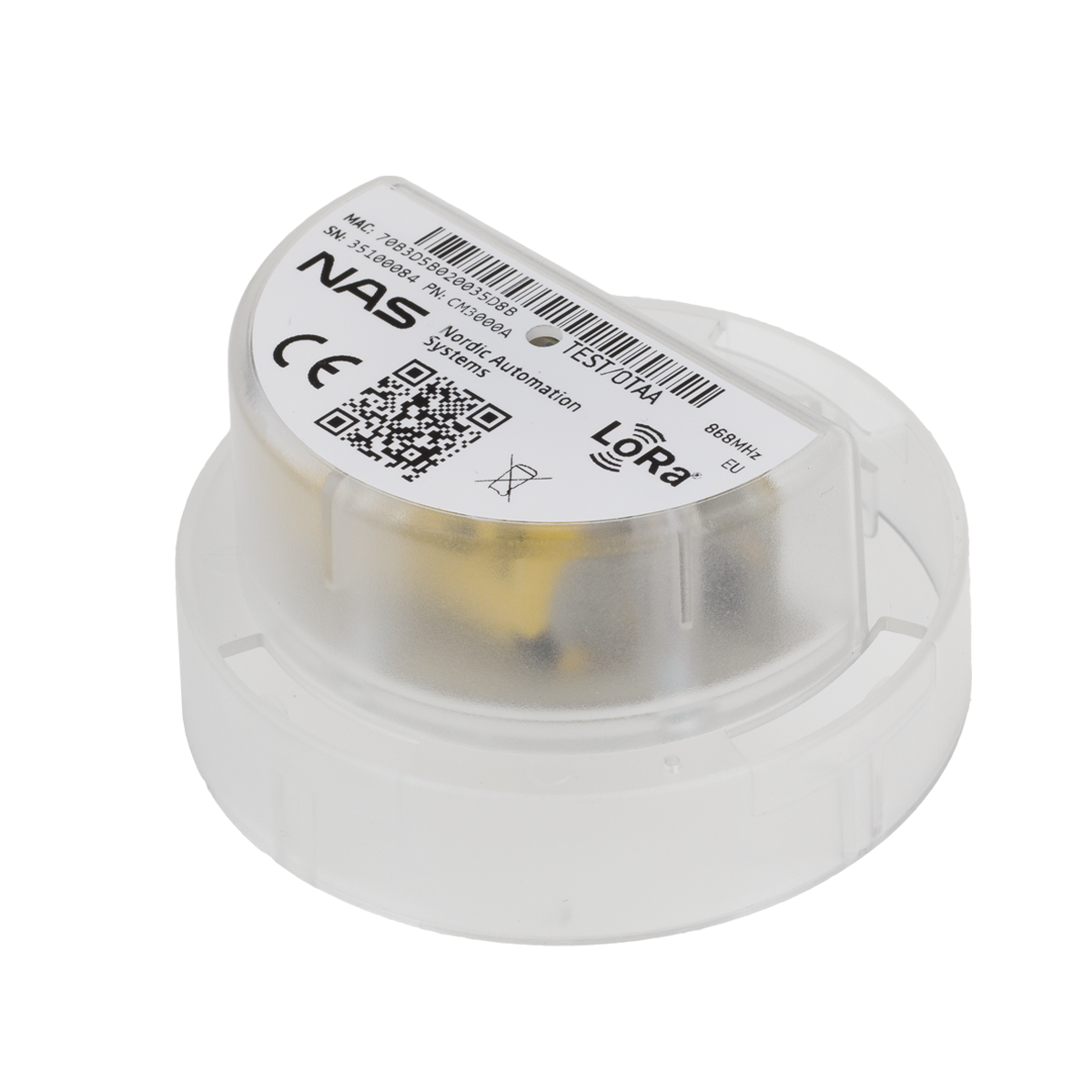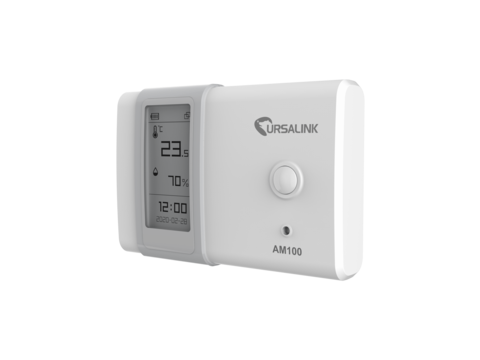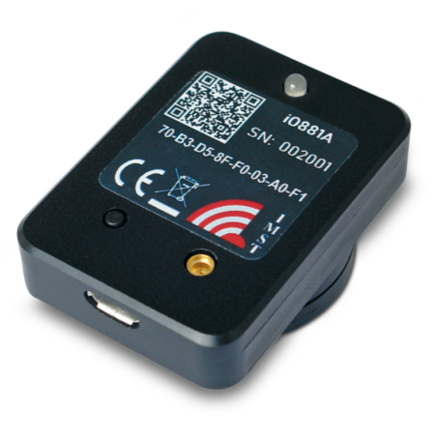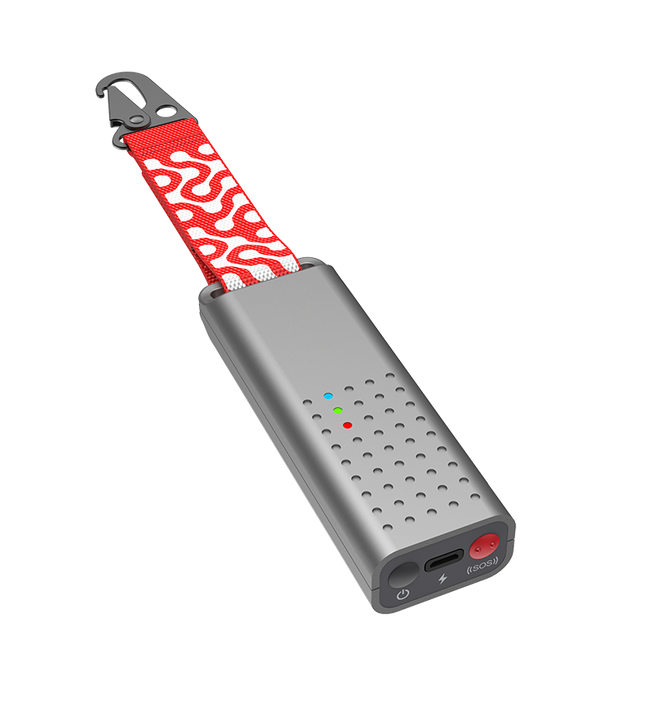What is the Internet of Things?
The internet of things (IoT) is a catch-all term for the growing number of electronics that aren’t traditional computing devices, but are connected to the internet to send data, receive instructions or both.
Millions if not billions of embedded internet-enabled sensors worldwide are providing an incredibly rich set of data that companies can use to gather data about their safety of their operations, track assets and reduce manual processes. Researchers can also use the IoT to gather data about people’s preferences and behavior.
How big is it?
In a word: enormous. There are more than 30 billion IoT devices as of 2020, and those devices will generate 4.4 zettabytes of data this year. (A zettabyte is a trillion gigabytes.) By comparison, in 2013 IoT devices generated a mere 100 billion gigabytes.

Examples of IoT devices
Essentially, anything that’s capable of gathering some information about the physical world and sending it back home can participate in the IoT ecosystem. Smart home appliances, RFID tags, and industrial sensors are a few examples. These sensors can monitor a range of factors including temperature and pressure in industrial systems, status of critical parts in machinery, patient vital signs, and use of water and electricity, among many, many other possibilities.
Device management
In order to work together, all those devices need to be authenticated, provisioned, configured, and monitored, as well as patched and updated as necessary. We take care of all of this.









